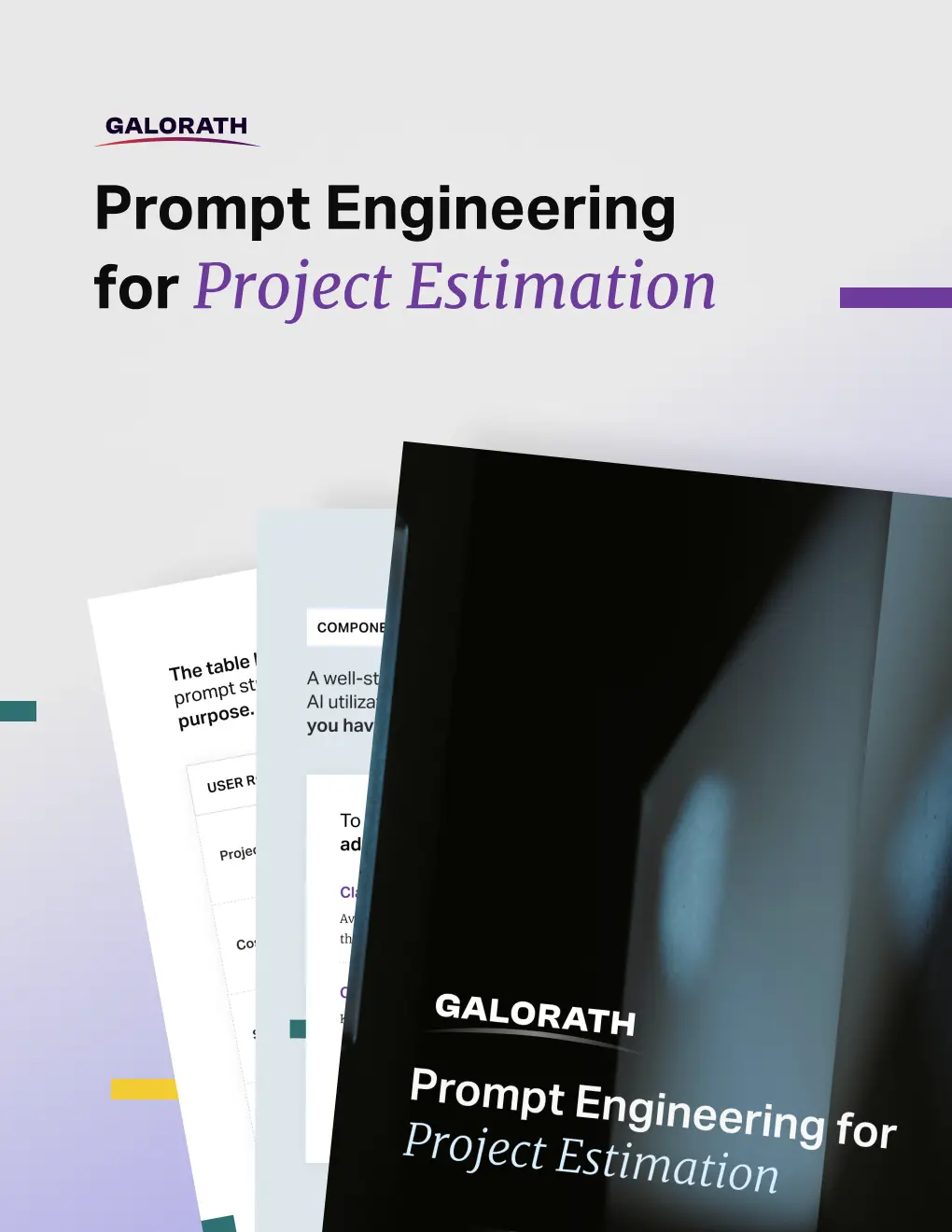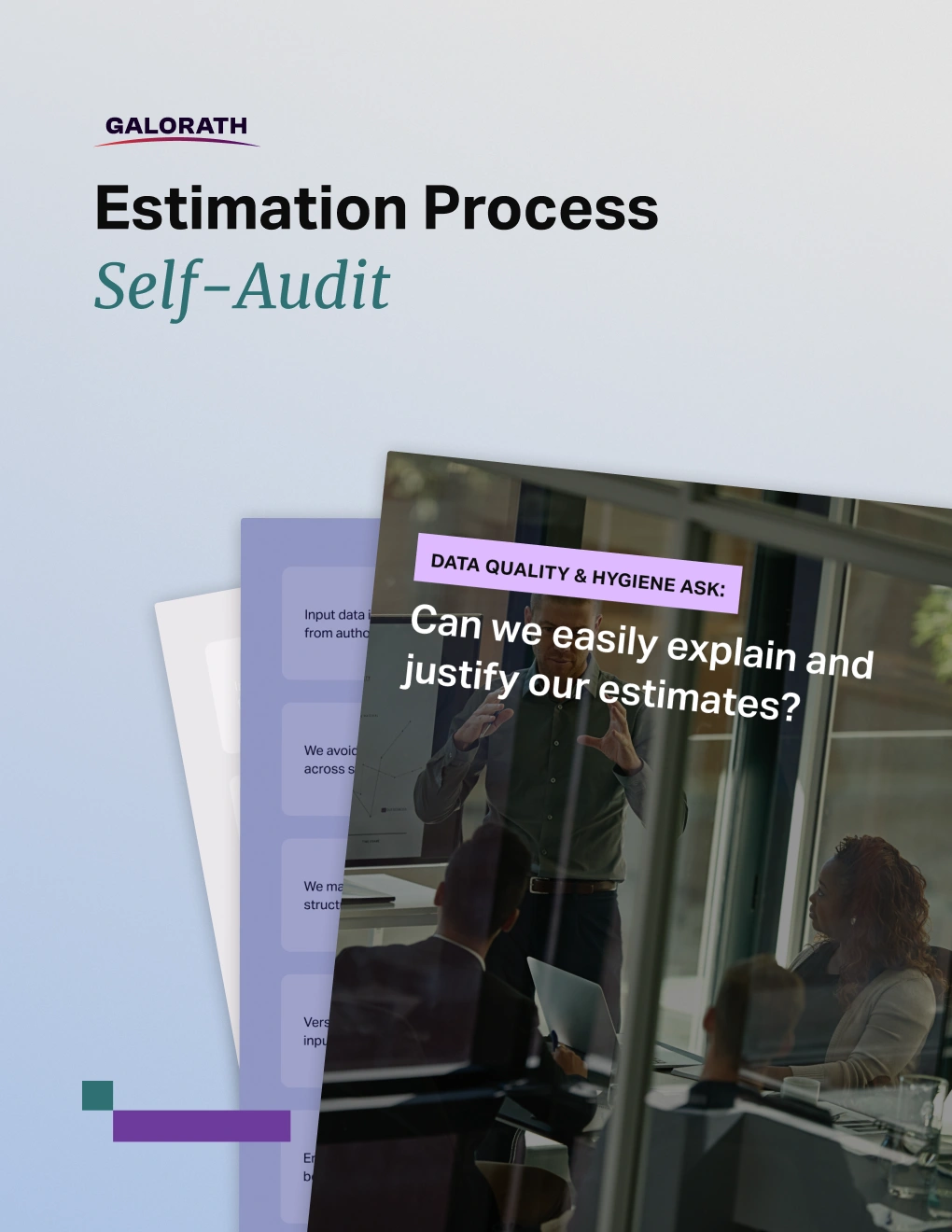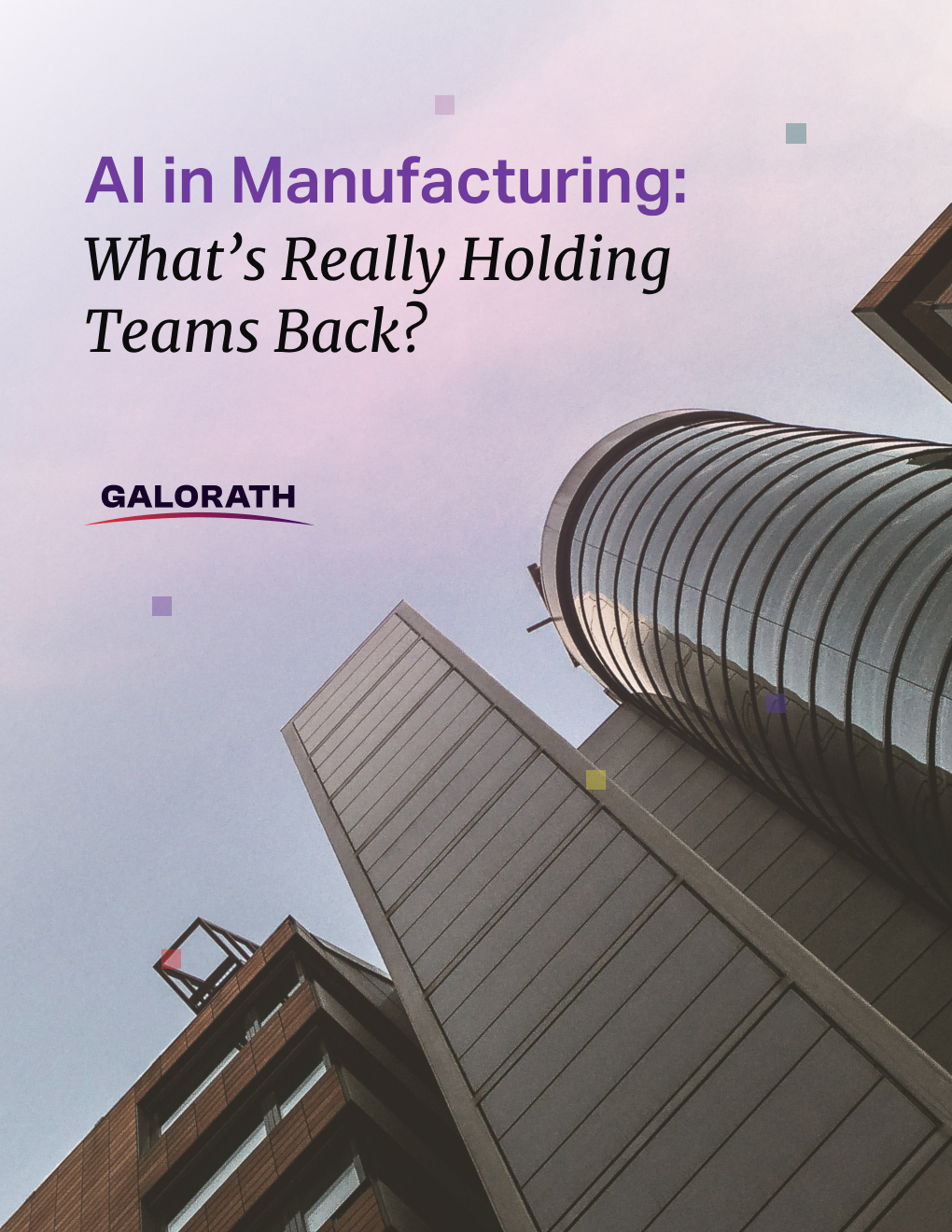Mastering Cost Risk with the CRED Model: A New Approach to Managing Uncertainty

A structured approach helps a defense contractor prepare software development cost estimates 90% faster than traditional methods.
Background: Veridian, an IT company producing high-fidelity military simulation systems, transitioned from traditional bottoms-up cost estimation to a structured approach using SEER-SEM™. This switch dramatically reduced estimation time. Instead of needing several people and days, one person can now complete an estimate in a day. This approach also allows easy tracing and adjustments to estimates, enhancing accuracy and accountability.
Veridian’s MRJ subsidiary, focusing on network systems, simulation, and decision support, has extensive experience in military exercise support and experiment design. MRJ excels in building intelligence system simulators for training and military exercises, leveraging its deep understanding of modeling intelligence collectors.
Challenges with Spreadsheets
Veridian’s tactical simulation programs, written in C++ for Windows or Solaris, involve 100,000 to 300,000 lines of code. Accurate cost estimates are critical. Previously, estimates depended heavily on the skill and experience of estimators using a bottoms-up approach. This method led to wide variations and errors in complex spreadsheets.
To improve, MRJ evaluated four structured estimating software packages, selecting SEER-SEM™ for its extensive knowledge bases. SEER-SEM accepts a wide range of input parameters and provides detailed estimates for various development environments.
Extensive Knowledge Bases
SEER-SEM’s knowledge bases cover environmental factors, operating platforms, software functions, development methods, and standards. This comprehensive approach streamlines the estimation process, making it faster and more reliable.
“SEER-SEM transformed our cost estimation process,” said Warren Ono, Systems Engineer at Veridian. “By gathering project information and entering parameters, we quickly generate detailed cost estimates.”
“The transparency allows easy adjustments and collaboration, leading to more accurate and acceptable estimates.”
Iterative Refinement
Project managers and cost estimators use SEER-SEM iteratively to refine estimates. This collaborative approach ensures all stakeholders understand and agree on the cost projections. The model also provides an audit trail for changes, facilitating adjustments for evolving program assumptions.
Considering Risk Effects
SEER-SEM allows entering probability levels for parameters to assess the impact of changes on final costs. This feature helps quickly estimate cost implications of project schedule adjustments or other factors, aiding in decision-making.
“Using SEER-SEM, we save significant time and no longer rely on a few highly experienced individuals. The process is open, collaborative, and easier to explain to customers,” Ono said. “We’ve used SEER-SEM to estimate costs for several projects, and the estimates have been well-received. Though not all projects are complete, it’s clear that this structured approach is a substantial improvement over our previous methods.”
“Investing in SEER-SEM has paid off with large dividends,” Ono concluded.











